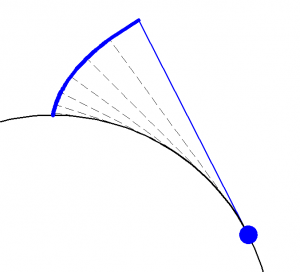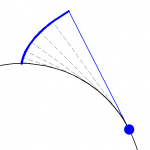Gears are mechanical components that transmit power and motion between rotating shafts. They are found in a wide range of machines, from simple hand-cranked devices to complex industrial equipment. The design of gears is critical to the performance and reliability of these machines.
Gear design involves the selection of appropriate gear types, sizes, and materials to meet the requirements of a specific application. The process typically begins with an analysis of the system requirements, including torque, speed, and operating conditions. This analysis helps to determine the gear ratio, or the relationship between the number of teeth on the driving and driven gears.
Once the gear ratio is established, the designer must select the appropriate gear type for the application. There are many types of gears, including spur gears, helical gears, bevel gears, worm gears, and more. Each type of gear has its own advantages and disadvantages, and the designer must carefully consider the trade-offs between factors such as efficiency, load capacity, noise level, and cost.
After the gear type is selected, the designer must calculate the size of each gear in the system. This involves determining the pitch diameter, which is the diameter of the gear at the point where it makes contact with the mating gear. The pitch diameter is used to calculate the number of teeth on the gear, as well as other important parameters such as the module or diametral pitch.
The final step in gear design is the selection of materials and manufacturing processes. The designer must choose materials that are strong, wear-resistant, and able to withstand the operating conditions of the application. Common gear materials include steel, cast iron, and various types of plastics. The manufacturing process must also be chosen carefully to ensure that the gears are produced to the required specifications, with minimal defects or deviations.
Overall, gear design is a complex and important process that requires a thorough understanding of mechanical engineering principles, as well as practical experience and expertise. By selecting the appropriate gear type, size, and materials, the designer can ensure that the system will perform reliably and efficiently, with minimal maintenance and downtime.


